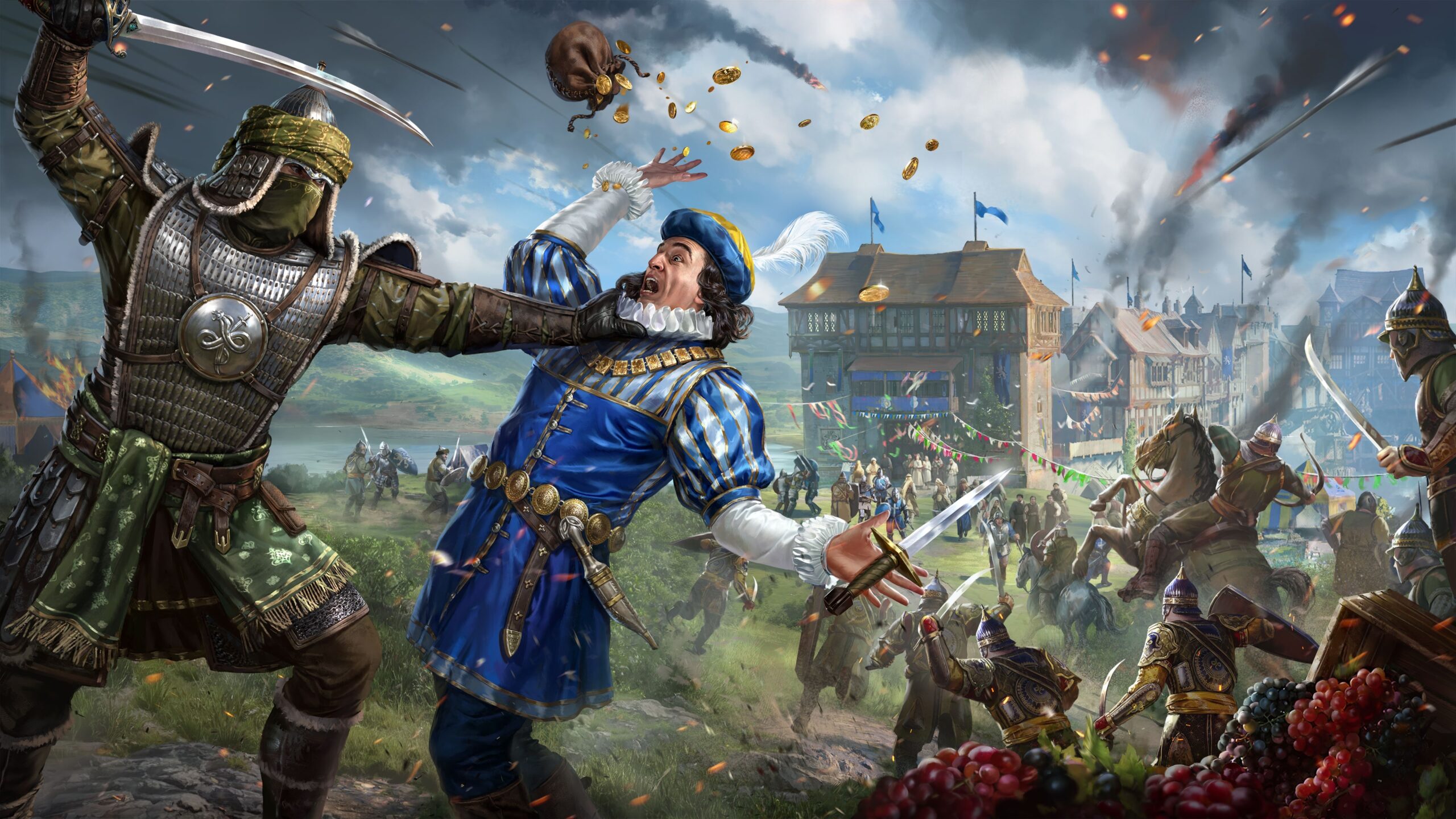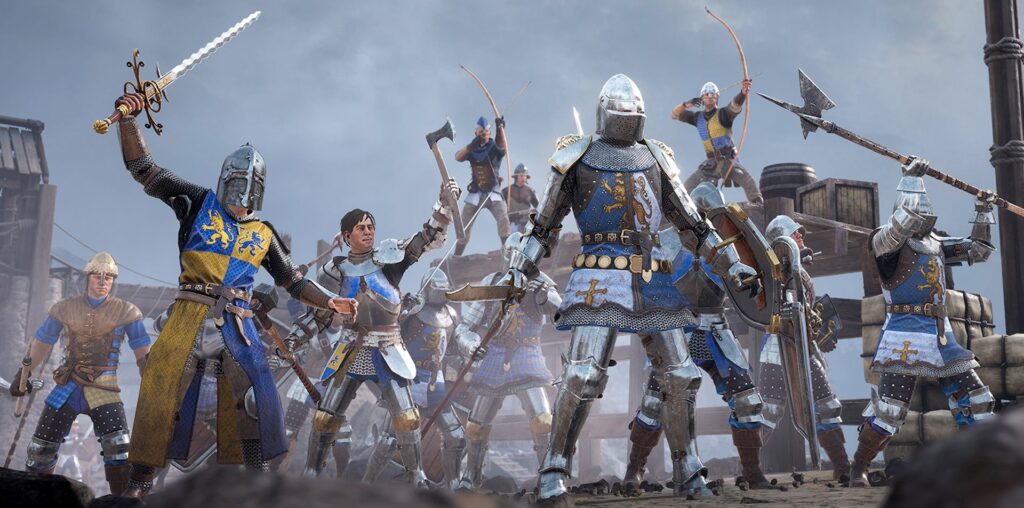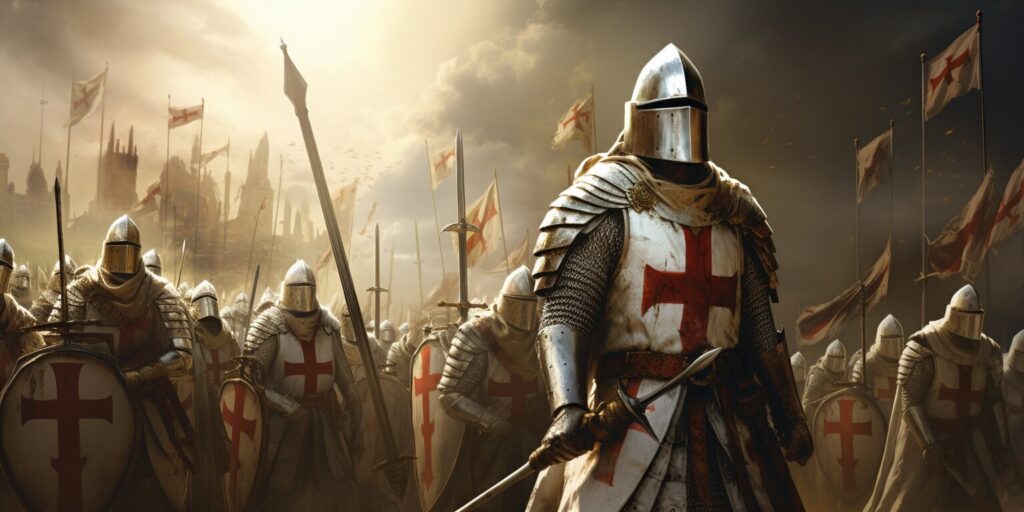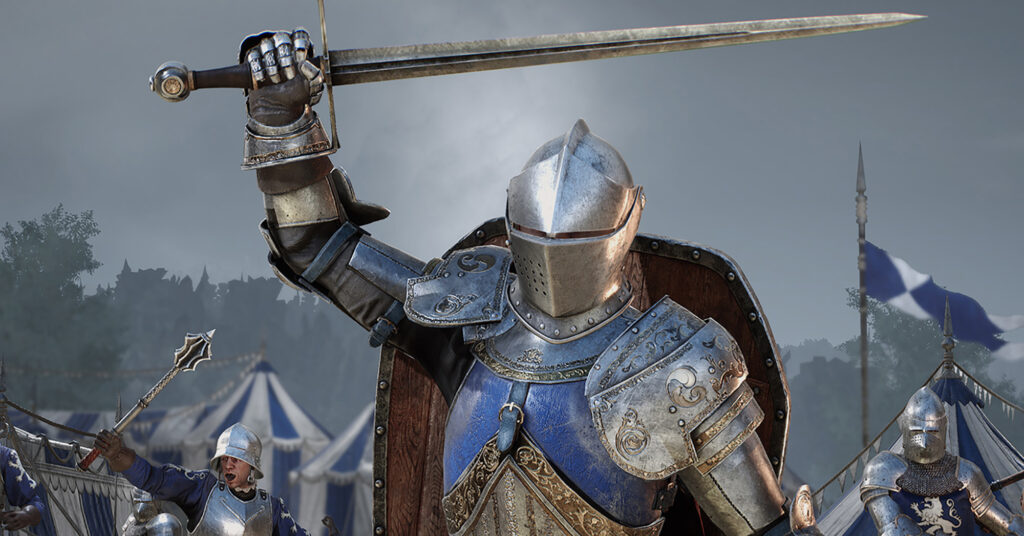Chivalry: The Noble Code of Medieval Knights

Chivalry, a term that conjures images of gallant knights, heroic quests, and noble deeds, is a code of conduct that evolved in Europe between 1170 and 1220. Rooted in the medieval Christian institution of knighthood, chivalry established the behavioral standards for knights and gentlemen.
These codes of chivalry found their way into popular medieval literature, particularly in the epic tales known as the Matter of France and the Matter of Britain. While these stories were once considered historical truths, modern scholarship has cast a critical eye on their accuracy.
The Origins of Chivalry

Chivalry found its roots in the Carolingian Empire, where it idealized the cavalryman. This notion encompassed military valor, rigorous training, and a commitment to serving others, all with the ever-present sword by a knight’s side. It thrived among horse soldiers in Charlemagne’s cavalry, particularly in the region of Francia.
Over time, chivalry’s meaning expanded to encompass broader social and moral virtues. By the Late Middle Ages, the code of chivalry had transformed into a moral system, merging a warrior’s ethos with knightly piety and courtly manners. These elements collectively formed the foundation of honor and nobility.
The Ten Commandments of Chivalry

In 1884, historian Léon Gautier compiled the medieval Ten Commandments of chivalry. These principles guided the behavior of knights and gentlemen:
- Believe and observe all teachings of the Church.
- Defend the Church.
- Show respect to the weak and defend them.
- Love your homeland.
- Never fear your enemies.
- Wage ceaseless war against the infidel without mercy.
- Fulfill your feudal duties, provided they do not conflict with God’s laws.
- Always speak the truth and remain faithful to your word.
- Be generous and provide for others.
- Champion the Right and the Good against Injustice and Evil.
The Pre-Chivalric Noble Habitus
Before the codification of chivalry, an uncodified code of noble conduct known as the noble habitus prevailed. It encompassed several key virtues:
- Loyalty: Loyalty was linked to a knight’s prowess and reputation.
- Forbearance: Knights exhibited self-control, even when dealing with other warriors or in the presence of their lords.
- Hardiness: Physical resilience and battlefield prowess were essential.
- Largesse: Generosity was a noble quality, demonstrating contempt for greed.
- The Davidic Ethic: This concept drew from Biblical tradition, emphasizing the strong protecting the weak and promoting justice.
Chivalry in Action

Chivalry influenced not only the battlefield but also other aspects of life, including hunting and heraldry. The ideals of chivalry encouraged knights to uphold honor, courage, and service to others. Tales of chivalric heroes and knights’ valor became legendary, further solidifying the code’s importance in society.
Challenges and Decline
As warfare evolved and societies changed, chivalry faced challenges and declined. The emergence of nationalism shifted the focus from defending the faith to defending one’s nation. By the mid-20th century, chivalry was perceived as outdated, and the dueling culture associated with it had waned.
The Legacy of Chivalry
Though chivalry may have diminished as a living code, its legacy persists. The chivalric ideal of protecting women, while debated, remains relevant in discussions of gender equality. Additionally, the principles of honor, courage, and selflessness continue to inspire individuals and serve as a timeless model of virtuous conduct.
In a world that has evolved significantly since the days of medieval knights, the spirit of chivalry lives on in the pursuit of noble values and the belief in the power of honor and virtue.




